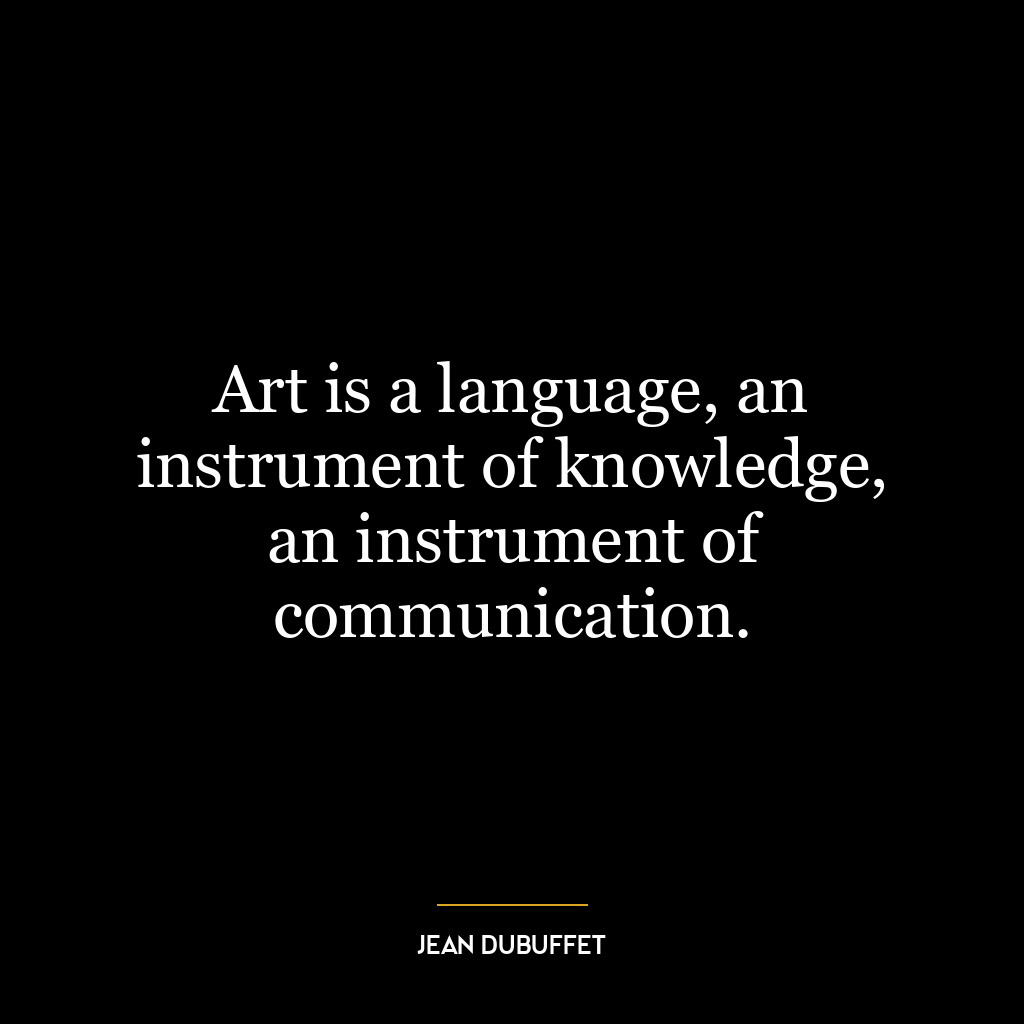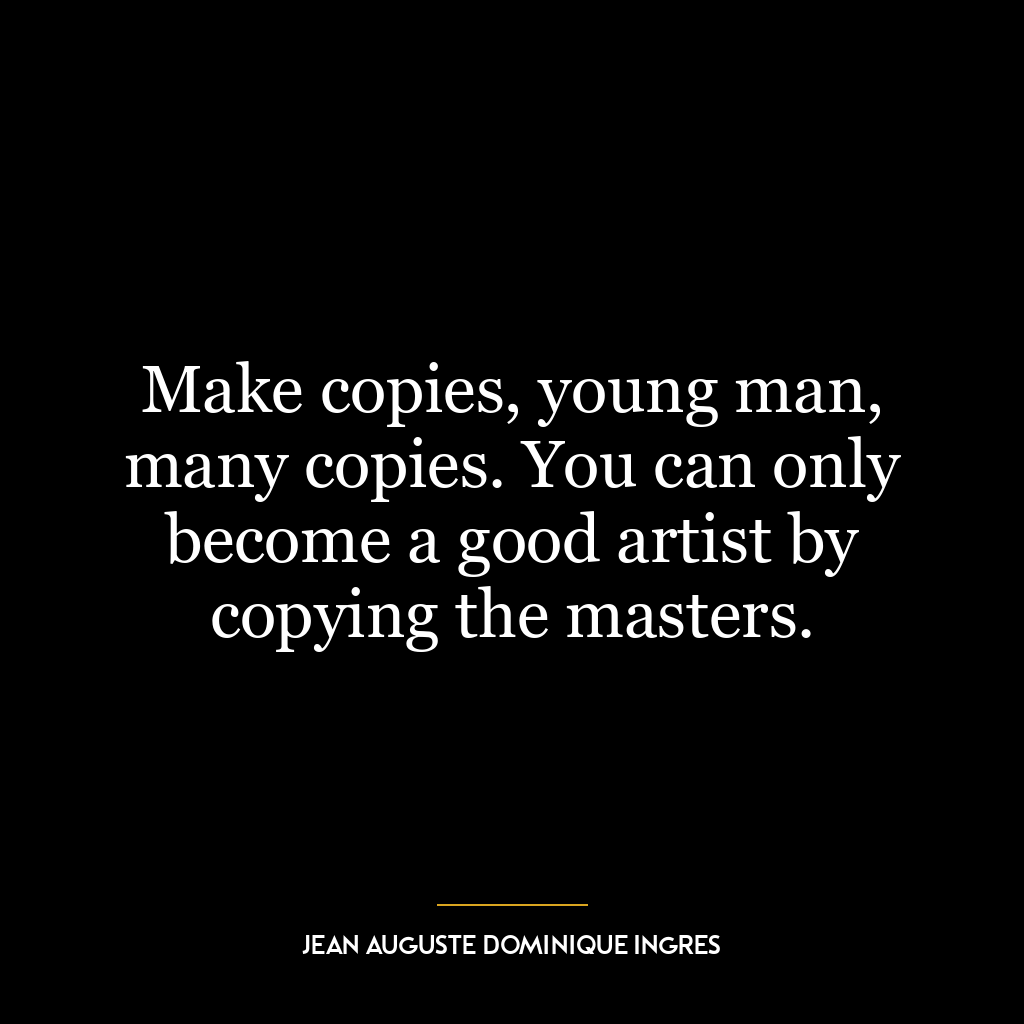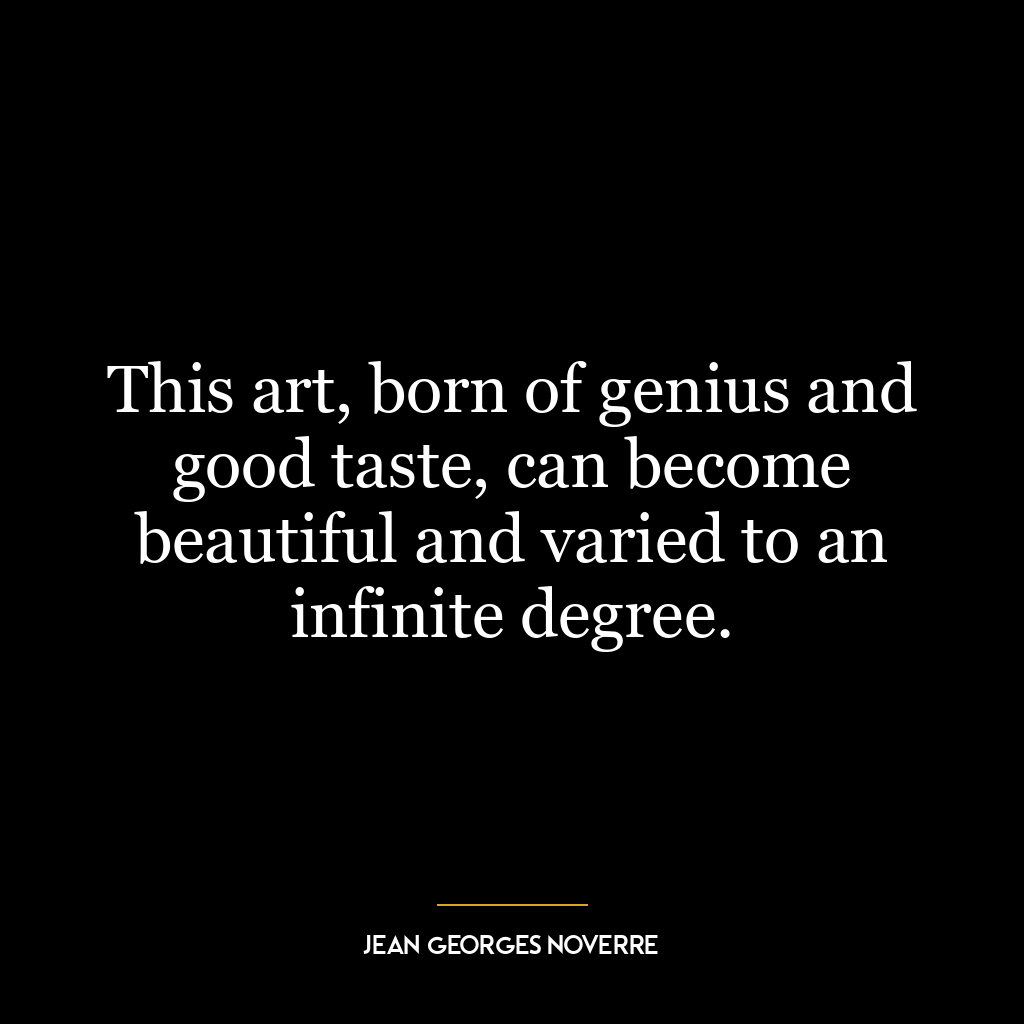This quote suggests that a metaphor serves as a bridge between the complex and the simple. On one side, you have the “unintelligible”, which represents concepts or ideas that are difficult to understand, abstract or complex. On the other side, there’s the “commonplace”, which represents ideas that are easily understood, simple, or mundane. The metaphor, then, is a tool that enables us to understand complex ideas by relating them to simple, familiar ones.
A metaphor can take something unfamiliar and make it familiar, or take something abstract and make it concrete. It can illuminate the unknown by comparing it to the known. In this sense, metaphor serves as a translator, turning the unintelligible into something we can grasp and understand.
In today’s world, this concept is still very much applicable. For instance, in the field of science and technology, complex concepts are often explained using metaphors. The “cloud” in cloud computing, for example, is a metaphor that helps us understand the abstract concept of storing and accessing data over the internet, rather than on a local computer.
In terms of personal development, metaphors can be powerful tools for self-understanding and growth. For instance, a person might think of their mind as a “garden”, where positive thoughts are “flowers” and negative thoughts are “weeds”. This metaphor can help them visualize their internal state and guide their actions. If they notice a lot of “weeds”, they know they need to do some “gardening” – that is, they need to work on cultivating more positive thoughts and attitudes.
So, in essence, metaphors serve as a bridge between the complex and the simple, helping us understand and navigate both the world around us and the world within us.















